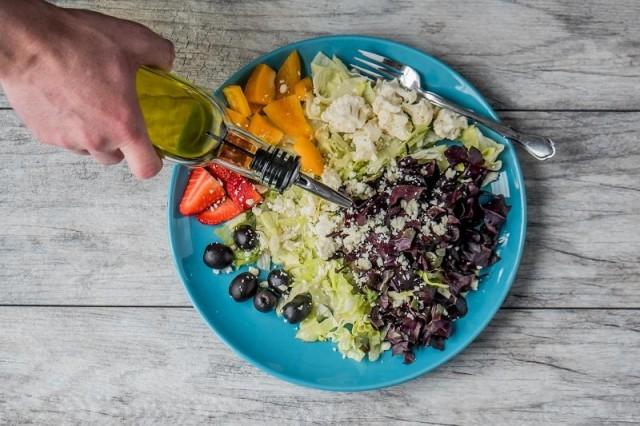'Healthy snacking' is on the rise and Filipinos are on trend, research shows
Bring out the malunggays and the adlais— and whatever else “super food” you know. According to a recent Kantar report, the world now prefers healthy eating.
Healthy snacking, to be more specific.
In a press statement, Kantar said, “health as a food category is growing across almost all snacking occasions.”

Kantar’s “Eat, Drink & Be Healthy: How At-Home consumption is changing” reports that (1) people are eating less at home, but (2) they were snacking more, with fruit as “the most consumed product for snacking occasions... especially with a global population that is becoming more and more health conscious."
A 0.5 rise in snacking on fresh fruits has been observed with people having less main meals at home.
The data was gathered across eight countries including United Kingdom, Spain, Mexico, Portugal, China, France, Brazil and the United States from 2014 to 2018.
While the Philippines isn’t among the eight countries in the study, Kantar Director Lourdes Deocareza said “we are noticing Filipino consumers are now choosing healthier alternatives when it comes to their food.”
READ: Here's why brown rice is better than white
The change, according to Deocareza, has gradually been incorporated into categories with simple propositions like “less sugar,” “less fat,” or “less salt.”
Along with snacking, “flexitarianism” was also seen to be on the rise.
Flexitarianism is described as a semi-vegetarian diet where meat isn’t entirely eliminated, only reduced.
And more on the healthy “less sugar” thing: water consumption has increased in global markets with people moving towards healthier alternatives.
Interestingly, for households in the US and UK, the shift to tap water is driven largely by a desire to reduce plastic waste. — LA, GMA News





